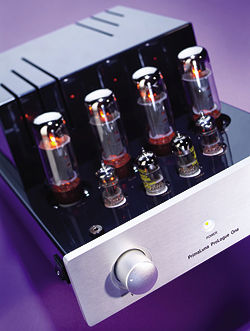Hello all! Would like know whether the Cambridge Audio Evo 150 is powerful enough to drive a pair of B&W 805D4, will they sound good together? I was considering Evo 150 + 702S3 combination, but now I am having a second thought.
Any suggestion or comment would be much appreciated.
🙏🏻
Any suggestion or comment would be much appreciated.
🙏🏻


